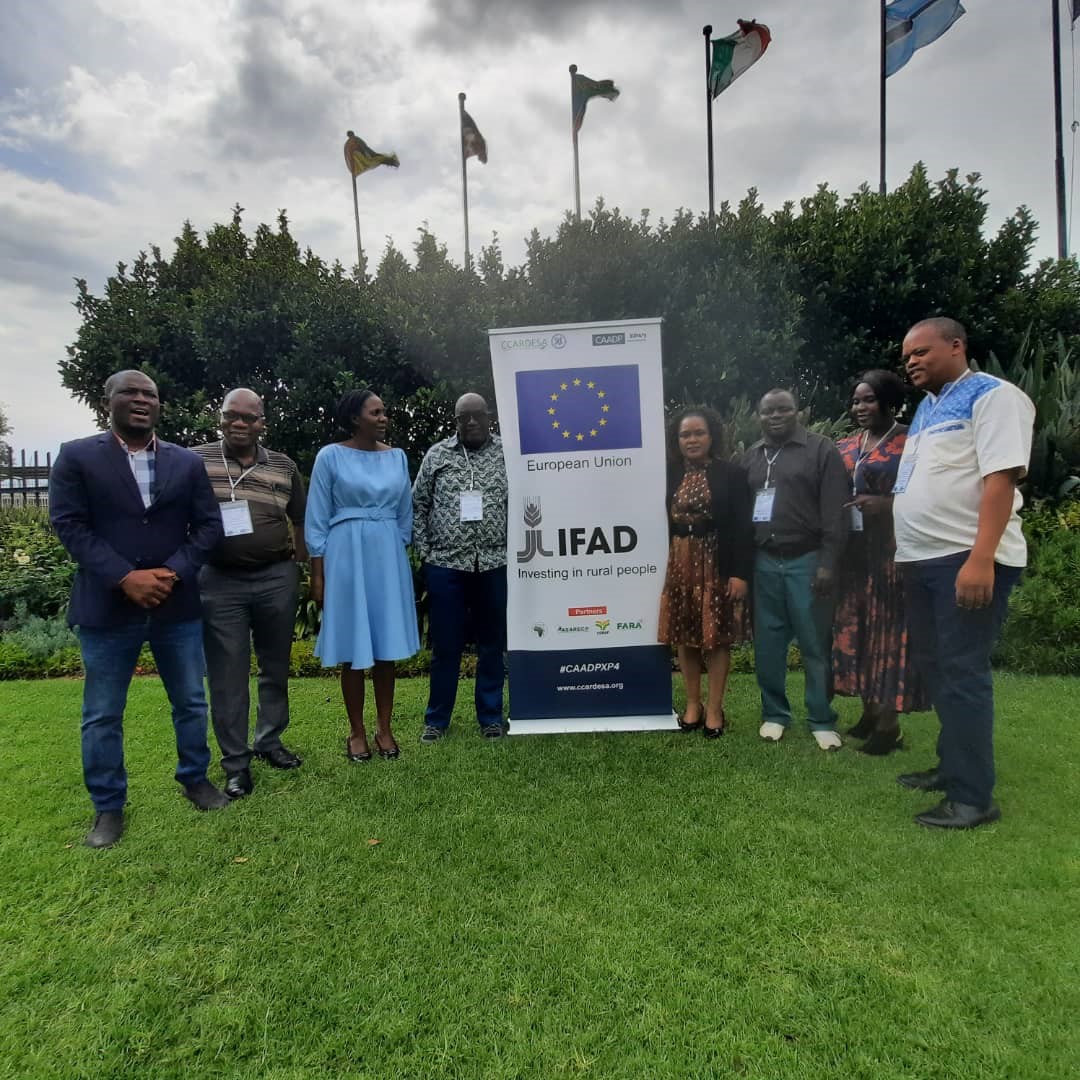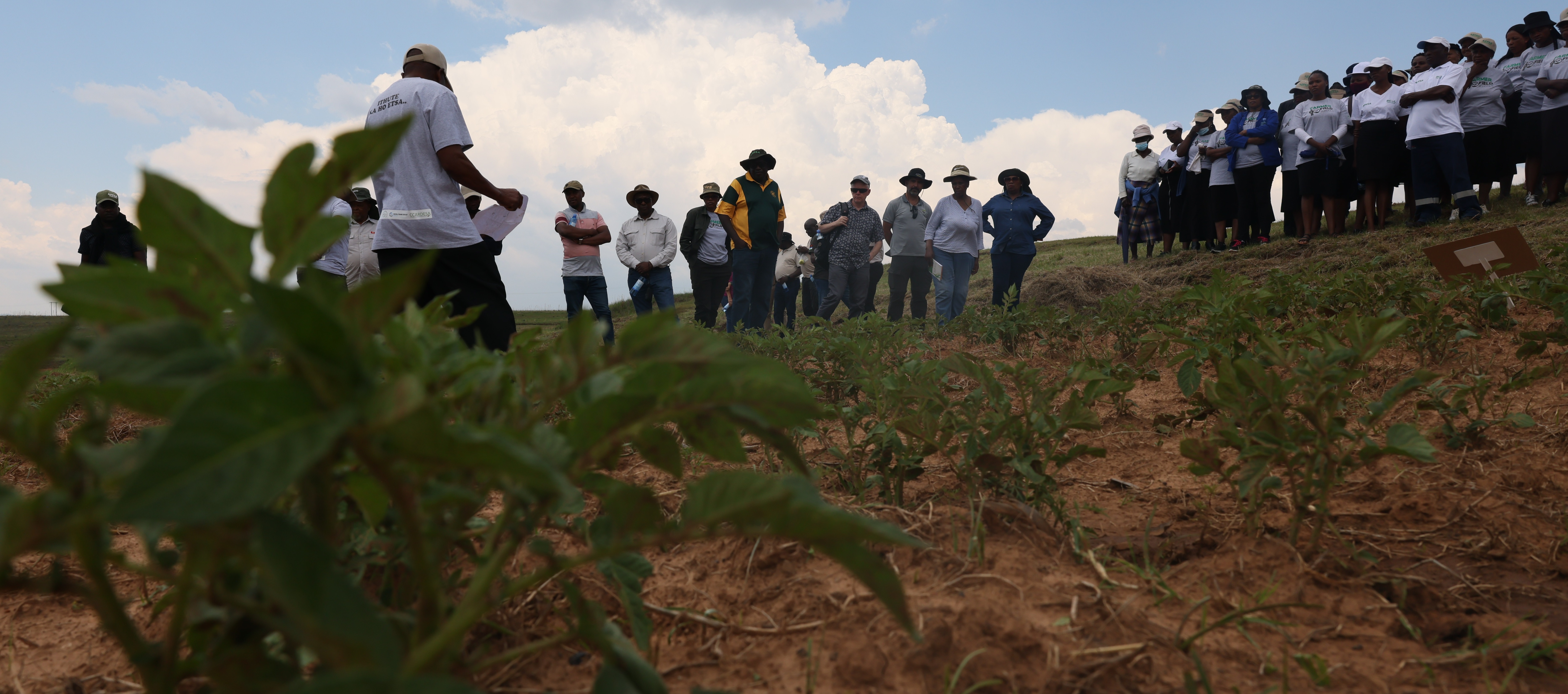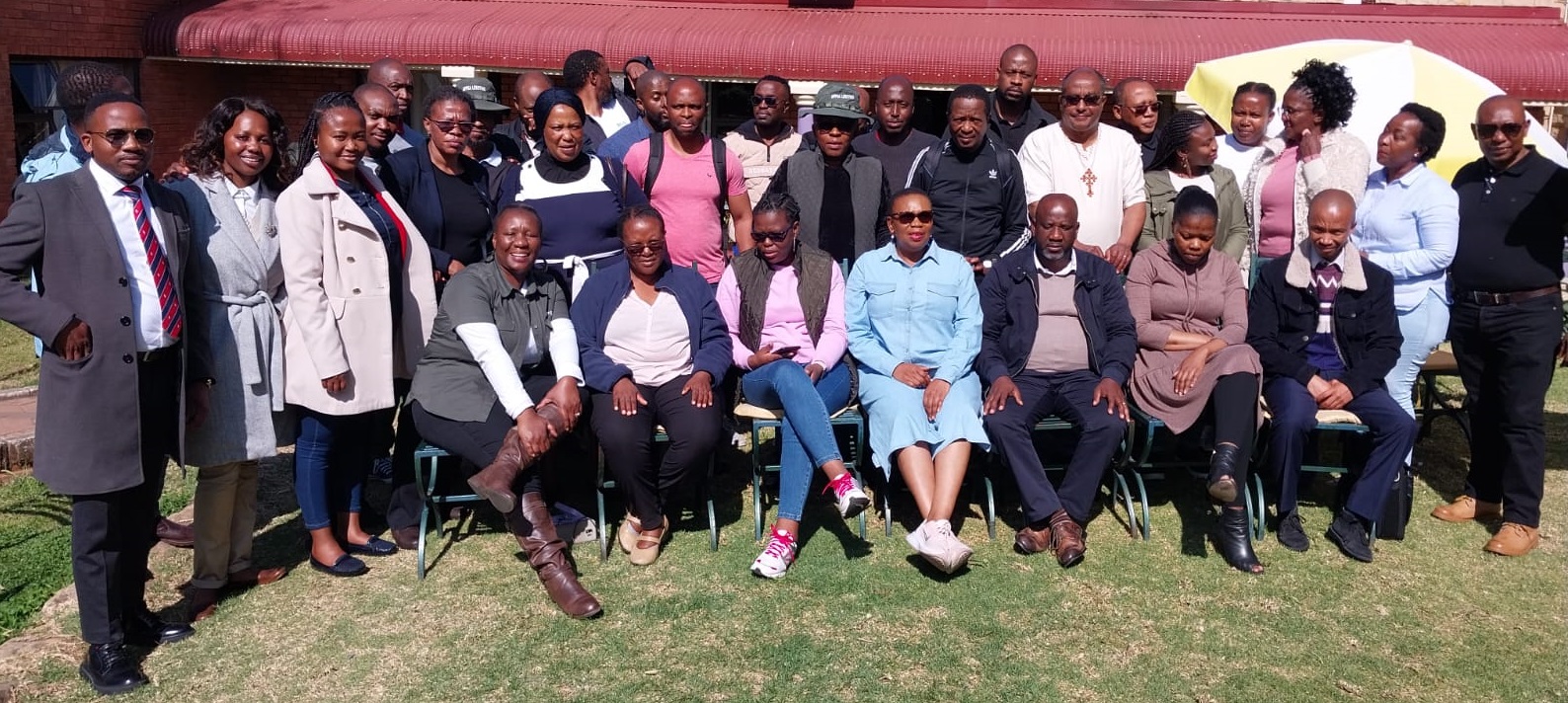Manure helps feed the world: Integrated Manure Management demonstrates manure is a valuable resource
Overview of Integrated Manure Management Integrated Manure Management is the optimal handling of livestock manure from collection, through storage and treatment up to application (crops and aquaculture). Through this process it is possible to prevent nutrient losses to a large extent under the site-specific circumstances. Healthy soils produce more food and are more resilient to climate change. Manure contains nutrients and organic matter essential for good soil fertility and soil health. Manure is a valuable resource of crop fertilizer, soil amendment and renewable energy. Manure is not a waste; not properly using manure is a waste.
Teenstra E, Andeweg K, Vellinga T. 2016. Manure helps feed the world: Integrated Manure Management demonstrates manure is a valuable resource. Climate-Smart Agriculture Practice Brief. Copenhagen, Denmark: CGIAR Research Program on Climate Change, Agriculture and Food Security (CCAFS).











